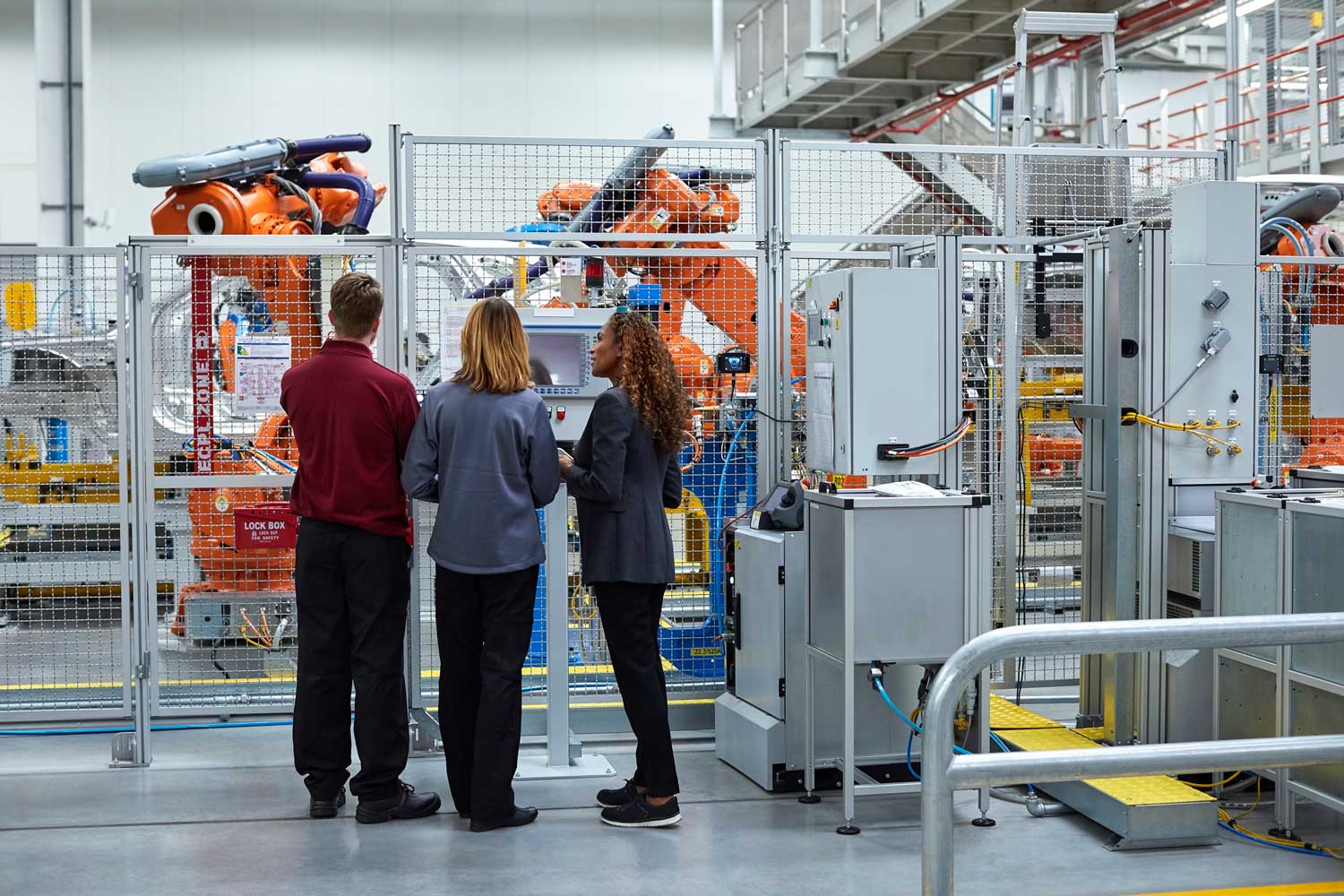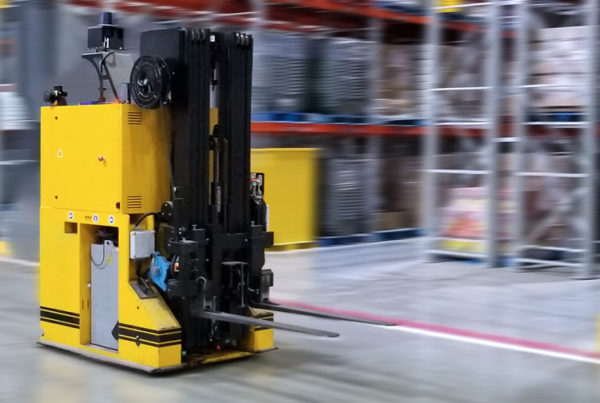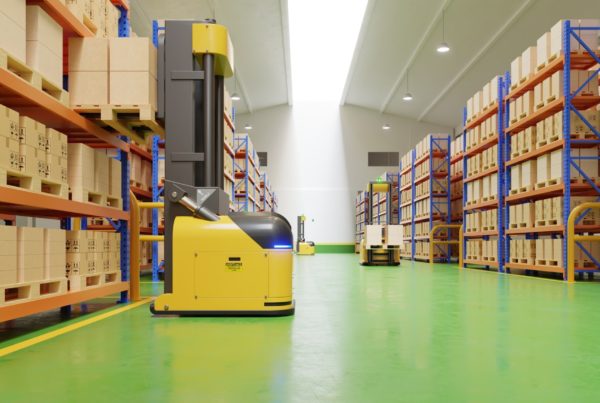To many, automation to many is the “silver bullet” to solve internal challenges for distribution efficiency and productivity, while increasing the bottom line profitability.
While automation can lean out processes and increase productivity it requires ongoing and long-term maintenance and attention.
Scheduled preemptive, preventive maintenance should always included in the overall project plan and forecasted into the foreseeable future of operations.
Contingency plans for continuing operations always need to be discussed, strategically thought through, and available should a catastrophic event occur. A maintenance resource must be included in service agreements, and made available to immediately to repair the failure or problem with the automation equipment or system.
Recommended spare parts should always be stocked at the facility and should be a part of the automation planning, including which parts are readily available locally and those that are specialized or are manufactured which will incur long lead times if they fail.
Automation is changing the industry, delivering positive outcomes in many facilities today.
However, as with anything, moving toward automation in your facility needs to be planned for, both in immediate integration and long-term maintenance. Planning for these needs can increase an opportunity for steadfast company growth and job creation.
An article from Byron Reese and Bill Leber of MHI Solutions that explores this even further. It’s a counter to an article published on December 21, 2016 in the New York Times titled, “The Long-Term Jobs Killer Is Not China. It’s Automation.” Reese and Leber argue that this mindset is wrong, and, in fact, the opposite is true.
Automation increases human productivity, lowers costs, increases wages and creates good jobs. Centuries of economic data bear this out.
From the article …
“Think about the amount of automation that has been introduced since the end of the 18th century, and compare that with the increase in the standard of living over the same period. One of the most unequivocal lessons of history is that increases in automation improve the standard of living of workers. To portray automation in a villainous role is, by extension, to maintain that the Industrial Revolution itself was a bad idea that harmed workers.
How exactly does automation create jobs and raise wages? What are the mechanisms at work? Let’s start by looking at how jobs are created in the first place. Jobs are made when a person takes something, such as lumber, and adds labor and know-how to it, thereby turning it into something of higher value, such as a bookcase. In a moderately free market, the amount of value the person is able to add is the upper limit to the wage they earn for the work. If craftsman Bill buys $5 worth of lumber, works for five hours and makes a bookcase he sells for $55, he made $50 in five hours, so Bill created a $10-an-hour job.
So how does automation play in? Imagine that Bill’s neighbor Jill decides to get into the bookcase-making business as well. But Jill invests in automation: She buys a power saw and an electric sander. Then, using $5 worth of lumber, she makes the same kind of bookcase that Bill makes, but she does so in just one hour. Selling this bookcase for the same $55, Jill ends up with $50 in profit for one hour of labor, so Jill created a $50-an-hour job.”





